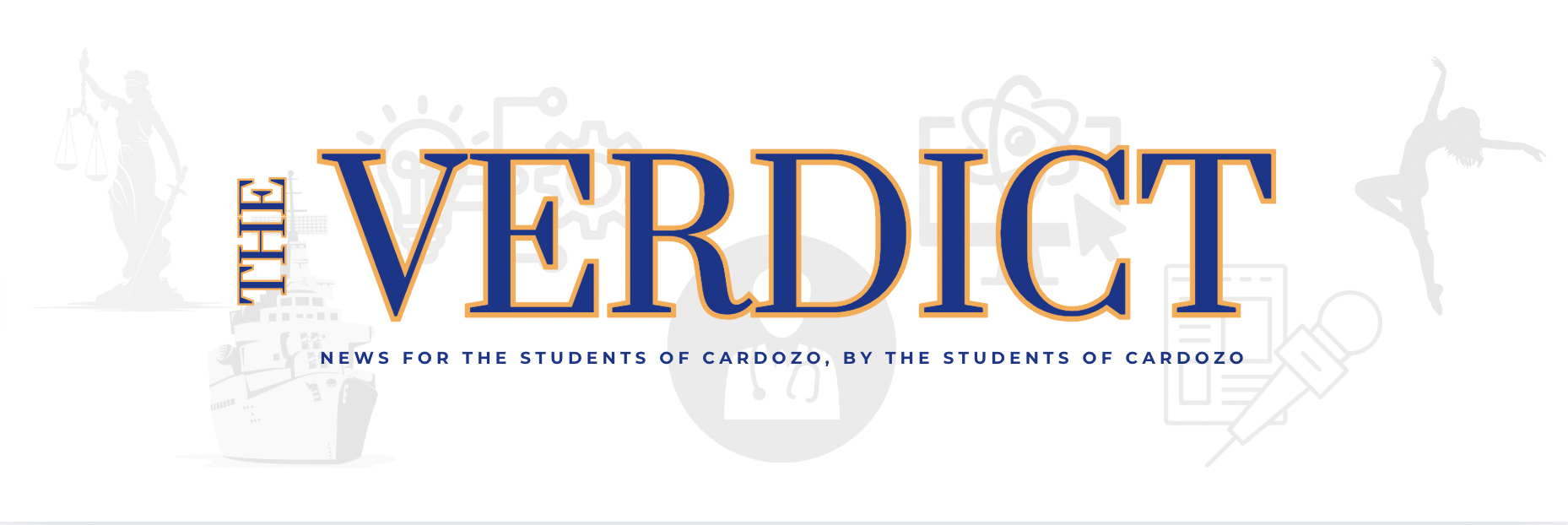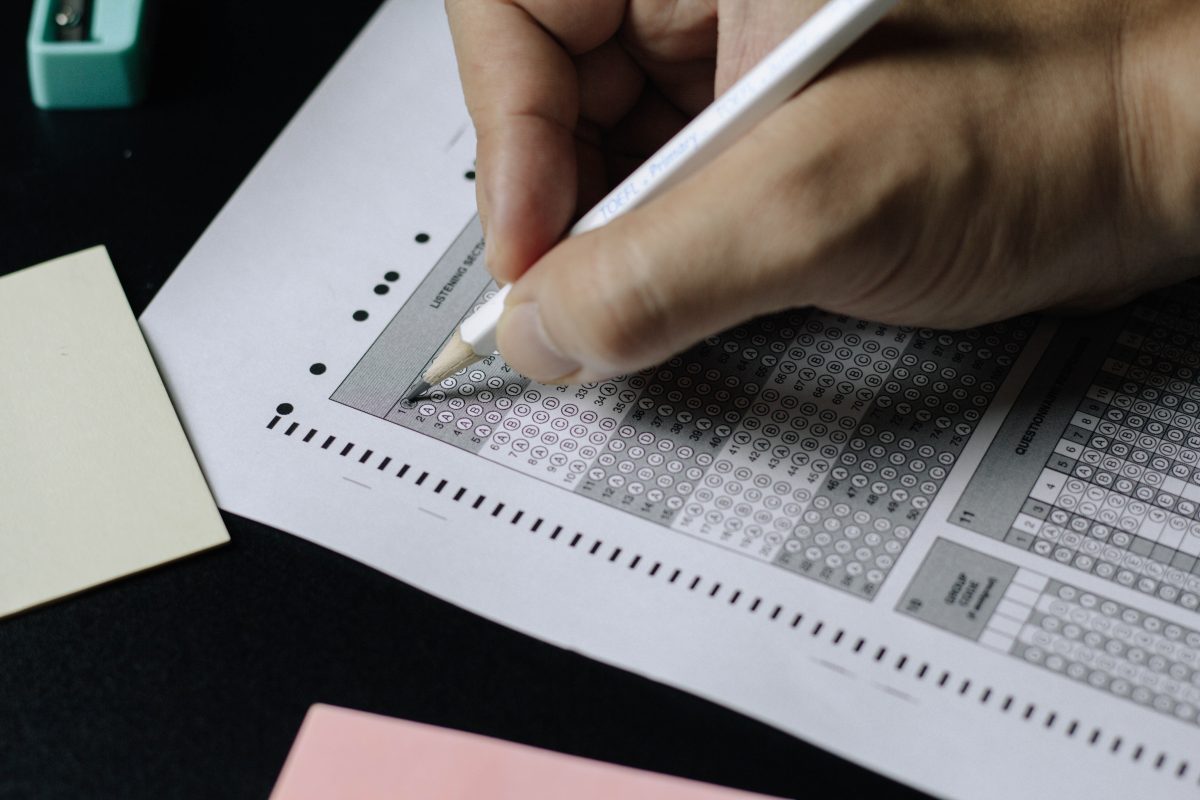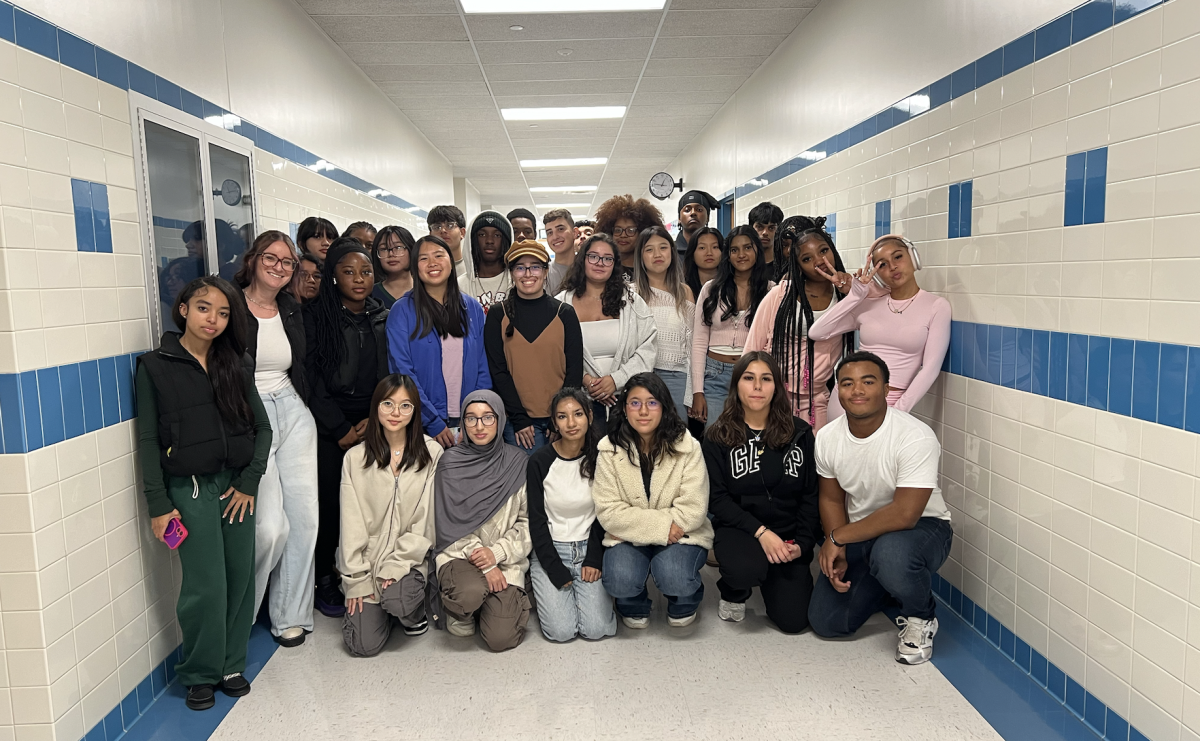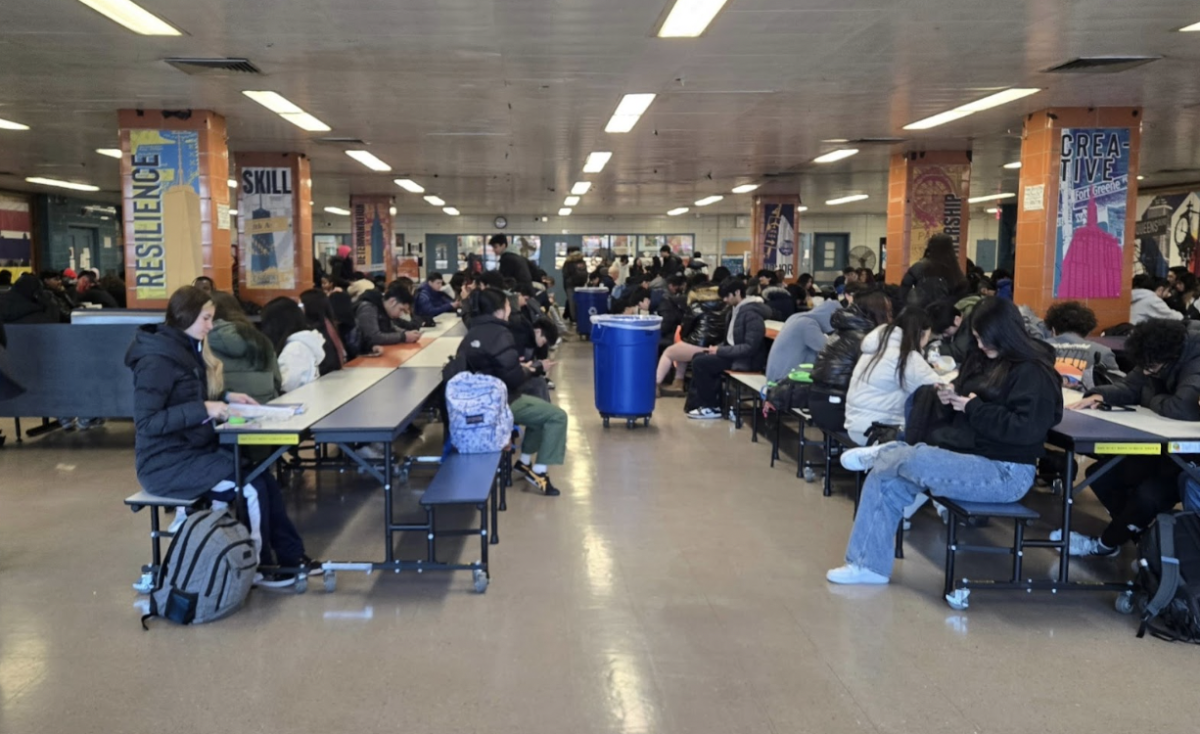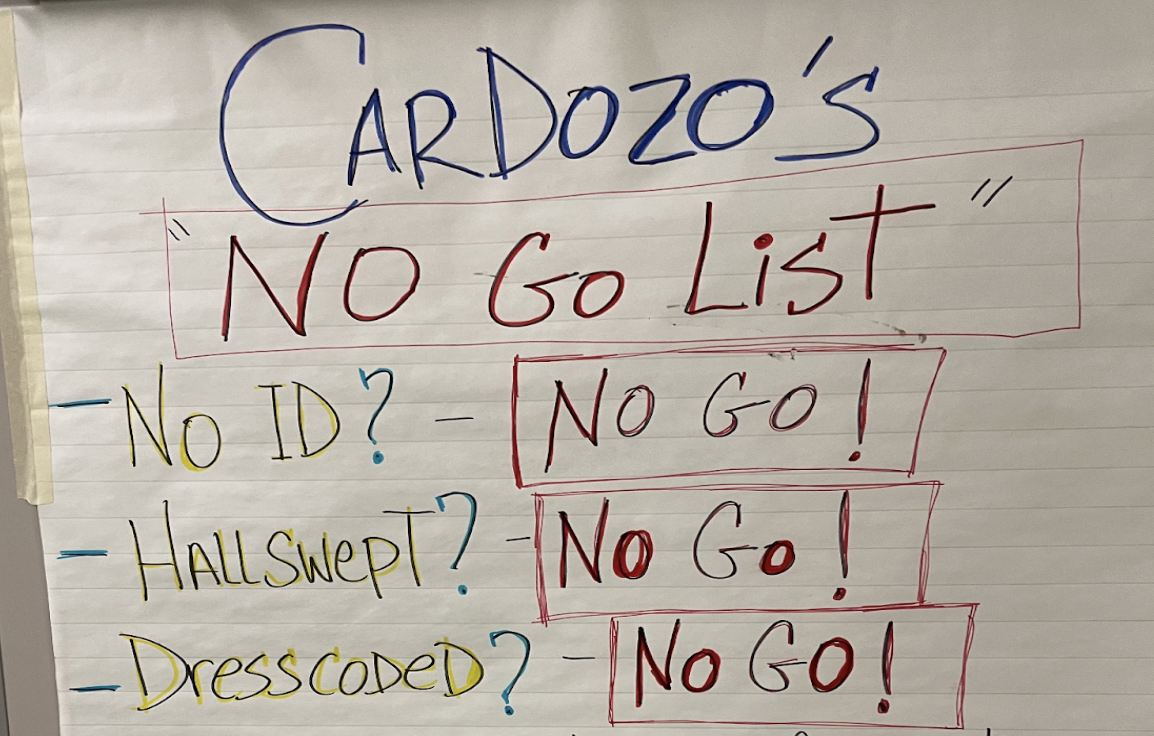Alice Lin and Lina Hsu
What is the PSAT?
The PSAT (Preliminary Scholastic Aptitude Test) is a standardized test that is taken during your sophomore or junior year of high school. There are two different versions of the PSAT: the PSAT 10 and the PSAT/NMSQT. The PSAT 10 can be taken during your sophomore year, while the PSAT/NMSQT can be taken during your junior year.
When Will the Upcoming PSAT Take Place?
The PSAT 10 will take place during the spring term, sometime between March 4th and April 26th, 2024, while the PSAT/NMSQT will be on October 14th, 2023.
Why Should You Take the PSAT/NMSQT?
Taking both versions of the PSAT will help you prepare for the SAT. You’ll know what types of questions appear and how well you work under pressure and the time limit. The biggest benefit you get from taking the PSAT/NMSQT is that you can qualify for the National Merit Scholarship. However, qualifying for the scholarship depends on how well you do on the test.
You will most likely qualify for the scholarship if you get a score in the 96th-97th percentile, the top 3-4% of all test takers. Being in that range grants you the title of a Commended Scholar, while the top 1% proceed as Semifinalists. This comes out to around 16,000 Semifinalists; 15,000 of those will move on and become Finalists, and around 8,000 will eventually win the scholarship money. The scholarship grants each winner $2,500.
Digital vs. Paper PSAT
Starting this year, all PSAT tests will be online. Due to this, there will be some major changes regarding the new digital PSAT. Ms. Rothenberg, Cardozo High School’s Testing and Data Coordinator, specifies, stating, “The biggest difference actually is in the length of the test. Previously, there used to be anywhere from 3-4 sections on the PSAT, there are now only 2 sections and it is only 2 hours long as opposed to 3 hours and 15 minutes, so students don’t have to sit so long and commit the amount of time that they used to commit for the test.”
“Also, the test is self-adjusting, meaning that based on how you answer previous questions determines the type of questions that you get next. So 2 students will never take the same test, even if they are sitting right next to each other. So that makes it a much more accurate assessment of students’ abilities than in years passed,” Ms. Rothenberg stated.
Signing Up for the PSAT
For juniors, the registration deadline for the PSAT/NMSQT has already passed. Sophomores can register for the PSAT 10 offered in the spring. “Students [will be able to] register by completing a Google sheet that will be emailed to students. We give the link to teachers, we post it around the school, and we post it on the website, so students just need to fill out that Google sheet to register for the PSAT,” shared Ms. Rothenberg.
How Will Cardozo Administer the Digital PSAT?
As this is the first year the PSAT is becoming digital, we were curious on how Cardozo will administer it. Ms. Rothenberg shared that in the fall, students will be taking it on laptops. Due to the fact that there’s more people taking the PSAT 10 in the fall, students will be taking it on iPads instead.
Tutoring/Prep/Resources
Because of the uncertainty regarding the change from the paper to the digital PSAT, there are resources to help prepare specifically for the digital PSAT 10 and PSAT/NMSQT. In addition, the student guides for both PSAT (PSAT 10 and PSAT/NMSQT) exams are available online. College Board also offers practice exams, as well.
Ms. Rothenberg also recommends that students use the study resources we have around our school. “Our Common Point, which is near room 146, has really great testing resources. We do have, if you are a student that is learning English language, tutoring for English language learning students and if you’re looking for additional resources, we also have access to Khan Academy and partnerships with Princeton Review.”
The Bottom Line
Many students are planning to take the PSATs, however, are a bit worried. “I’m feeling a little bit worried because I’ve never taken anything like it,” confessed sophomore Aisha Mahmud. Moreover, as someone who took the PSAT 10 last year and is going to take the PSAT/NMSQT this month, junior Raychel Chen commented, “I feel a little nervous because it’s digital but other than that I think I’m decently prepared.”
While some are taking the exam this month, and others in the spring, there are many resources and help available around Cardozo. If you have any more concerns or questions, you can send Ms. Rothenberg an email at [email protected]. You can see her in her office in room A204 in the Annex. Good luck, everyone!
